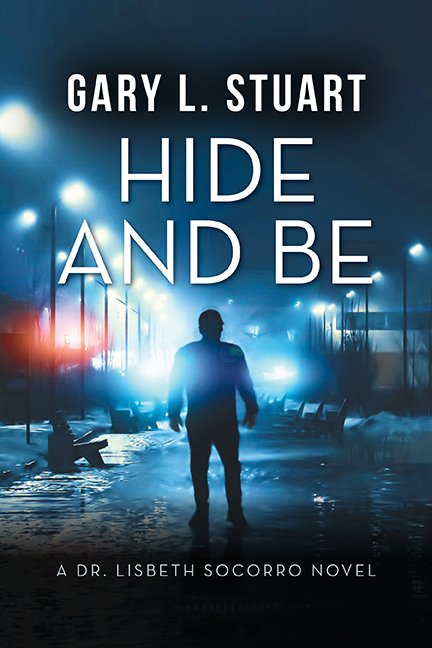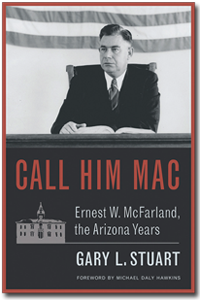Almost everyone has an opinion about something—a point of view—a take—an attitude. That is not what this blog is about. It’s about a writer’s point of view—a horse of an entirely different color. And now that I read that sentence, a horse is not a good metaphor for the writer’s POV. Twins might work, or fun house mirrors.
In writing, point of view refers to whether the writing takes on a singular or plural perspective in either 1st person, 2nd person, or 3rd person. First person is the perspective of the writer. 1st person uses pronouns like “I,” “my,” “me,” or “we.” Second person is the perspective of the reader being directly addressed by the writer. You use pronouns like “you,” “your,” or “us.” Third person is the perspective of a different party who is neither writer nor reader. In third person, the pronouns are “she,” “his,” or “they.” At least that’s the historical perspective—before gender neutral pronouns became another thing to torment writers.
POV is critical in storytelling. When we write stories, we “narrate” them—in draft—final—manuscript, submission, and pitch. It is vital to select the right narrator’s position in the description of events. It comes from the Latin word, punctum visus, which literally means point sight. The viewpoint is where a writer points the sight of the reader. If you point your reader in the wrong direction of the story, you are kuput.[1] POV matters because it filters everything in the story.
There are at least four POV’s available in storytelling. These apply to fiction, nonfiction, creative nonfiction, and narrative nonfiction.
First person viewpoint is used when “I” am telling the story. The character is in the story, relating his or her experiences directly to the reader.
Second person viewpoint is used when “you” are telling the story. It’s not used in fiction, but widely used in nonfiction.
There are two third person points of view—limited and omniscient. In the limited form the story being told is about “he” or “she.” This is the most common viewpoint in literary, commercial, or general fiction. The narrator is outside of the story and relating the experiences of characters inside the story. The omniscient POV is still about “he” or “she,” but the narrator has full access to the thoughts and experiences of all characters in the story.
Whether in Third POV or First POV, writers must select either subjective or objective viewpoints.
First person POV is subjective—the first choice for memoir, autobiography, and most personal-experience essays. In Second POV, written objectively, the reader is the center of attention. It works best when writing teaching or instructional manuals, advice columns and admonishments. Essentially all nonfiction is told from a first person POV—always a narrator doing the telling. That voice is the author of the work. It’s used for personal-experience essays, legal or medical advice, and efforts to inform rather than persuade.
Alternating POV’s is a complicated narration form. If done carefully—that is clearly—it can captivate readers. “This technique combines the depth of a single character’s perspective with the versatility of switching between characters. You can alternate between two characters, or several – but the more you use, the more work you will need to do. This narration form is paired with either first person POV or limited third person POV. Most commonly, first person alternate POV switches between two characters, but there is nothing stopping you adding more if you can handle it.”[2]
The ethical norms in selecting a POV and writing in your preferred POV are straightforward. You must not misinform, confuse, or mislead. When writing nonfiction, you must tell the truth. When writing fiction you must lie convincingly. Fiction and nonfiction writing demands original content and citation when legally or professionally called for.
Alongside ethics, fiction writers prefer Third POV—omniscient. It can be written subjectively or objectively. If the story you’re writing is nonfiction, your ethical choices are First and Second POV. However, Second POV is not “story-friendly.” Writing in second person voice works if you’re giving directions, offering advice, explaining, facilitating, or promoting. This perspective uses personal pronouns—you, your, and yours.
If that’s all you’re doing—directing—advising—explaining, et cetera, you can write in Second POV ethically and effectively. However, while story and narrative are similar, they are different. Narrative is the structural nature or presentation of a story. It’s how you tell the story, which with a true story, is how it’s told. While accountants may disagree, telling client’s stories is what lawyers do every day—tell true stories—to their own clients and others engaged with clients. If your readers are your clients, use First Person POV for advice and Third Person POV for legal issues.
[1] “The German word kaputt (“destroyed”), from which derives the English colloquialism ‘kaput’ or ‘caput,’ meaning done, or finished, is not related to this word. The origin of the German word, and consequently the English words, is a borrowing from the French: être capot, lit. ‘to be bonnet’ or fig. ‘to be defeated’.” https://en.wikipedia.org/wiki/Caput
[2] https://writersedit.com/fiction-writing/literary-devices/literary-devices-alternate-point-view/

I am an author and a part-time lawyer with a focus on ethics and professional discipline. I teach creative writing and ethics to law students at Arizona State University. Read my bio.
If you have an important story you want told, you can commission me to write it for you. Learn how.






 I am an author and a part-time lawyer with a focus on ethics and professional discipline. I teach creative writing and ethics to law students at Arizona State University.
I am an author and a part-time lawyer with a focus on ethics and professional discipline. I teach creative writing and ethics to law students at Arizona State University.  My latest novel is Hide & Be.
My latest novel is Hide & Be.  If you have an important story you want told, you can commission me to write it for you.
If you have an important story you want told, you can commission me to write it for you.